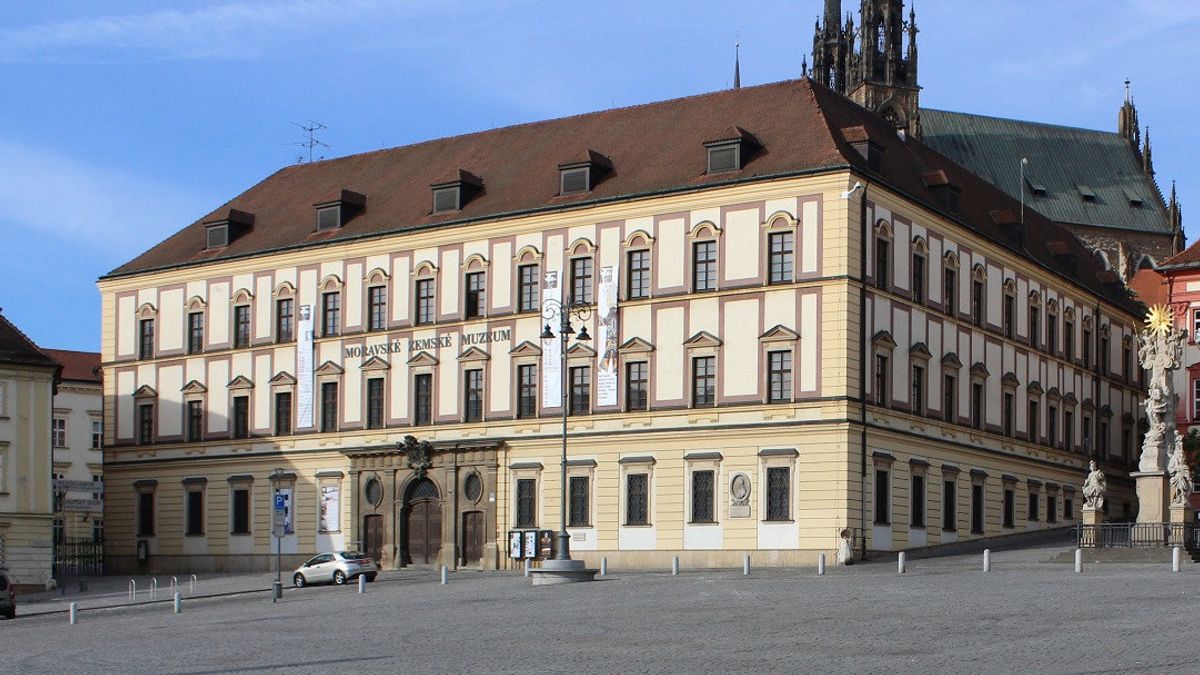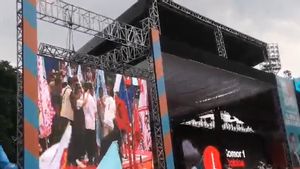JAKARTA - The manuscript ended in the archives of the Moravia Museum in the city of Brno, Czechs to protect it from theft by the Nazis, as Petschek, once the richest family in pre-World War IIERS, fled the country to avoid the Holocaust.
The museum stores the original manuscript of partite String Quartet n B-flat Major, Op. 130 which is highly valued by German composers, in its collection for more than 80 years.
Now, local restitution laws on property stolen by the Nazis allow returns.
For the first time, the Moravian Museum curator displayed the parturi for five days before being handed over to the Petschek family.
"The item itself has an interesting gathering story," said curator Simona Sindlarova, citing Euronews December 5. "The whole story reflects Central European history in the last 200 years," he continued.
Detailed about how the family, whose wealth came largely from the mining and business industries in the banking sector, acquired the work after the Large War was unknown.
divided the six-step quartet in 1825-1826, as part of his work on a series of final quartets commissioned by Russian Prince Nicholas Galitzin. It premiered in March 1826 at Musiseverein Vienna.
Museums, archives and libraries in five countries, including the Czech Republic, France, Germany, Poland, and the US currently have nearly 300 pages of origin among them.
Before Petschek took ownership, it was discovered thatild, who died in 1827, gave his secretary Karl Holz the 4th movement, while at least two other private owners in Vienna got it later.
Efforts to send the work abroad by post at the request of the Petschek family in March 1939 failed during the Nazi occupation ofjurislowakia, thus attracting far-fetched attention.
That's when "experts from the Moravian Land Museum were summoned to verify the authenticity of the partur," explained Sindlarova.
"He immediately recognized the truth, but to protect him from the invaders, he and others involved denied the authenticity of the party," he explained.
The lies that might have harmed him worked, and Germany allowed the museum to store the work in its collection.
However, most of the Petschek's business and family assets were later seized by the Nazis and nationalized by the Communist regime after the war.
From their home in the US, Frantz Petschek tried to get the parturing back, but his efforts were in vain amid the distribution of Europe after the war and the creation of the Iron Curtain (Iron Curtain), the division of the European region after World War II.
Finally, the agreement was signed on August 3 to transfer ownership from the museum to the heirs.
"Of course, it belongs to Petschek. It's a question of what will happen next. This new chapter of the interesting collector's story is here," Sindlarova said.
Such a happy ending is not always possible.
Earlier this year, London-based European Prisoning Arts Commission concluded, "Despite the Terezin Declaration (Theresienstadt) on returned works of art, the prospect of returning looted works of art is far away."
This reviews the progress made since the non-binding resolution of 2009, in which delegates from more than 40 countries urged the government to make every effort to return illegally confiscated Jewish communal and religious properties.
The Commission also recommended that all countries address the problems of private buildings and illegally confiscated land by the Nazis and their collaborators. Its guidelines encourage making it easier for foreign nationals to claim property again.
The English, Chinese, Japanese, Arabic, and French versions are automatically generated by the AI. So there may still be inaccuracies in translating, please always see Indonesian as our main language. (system supported by DigitalSiber.id)








